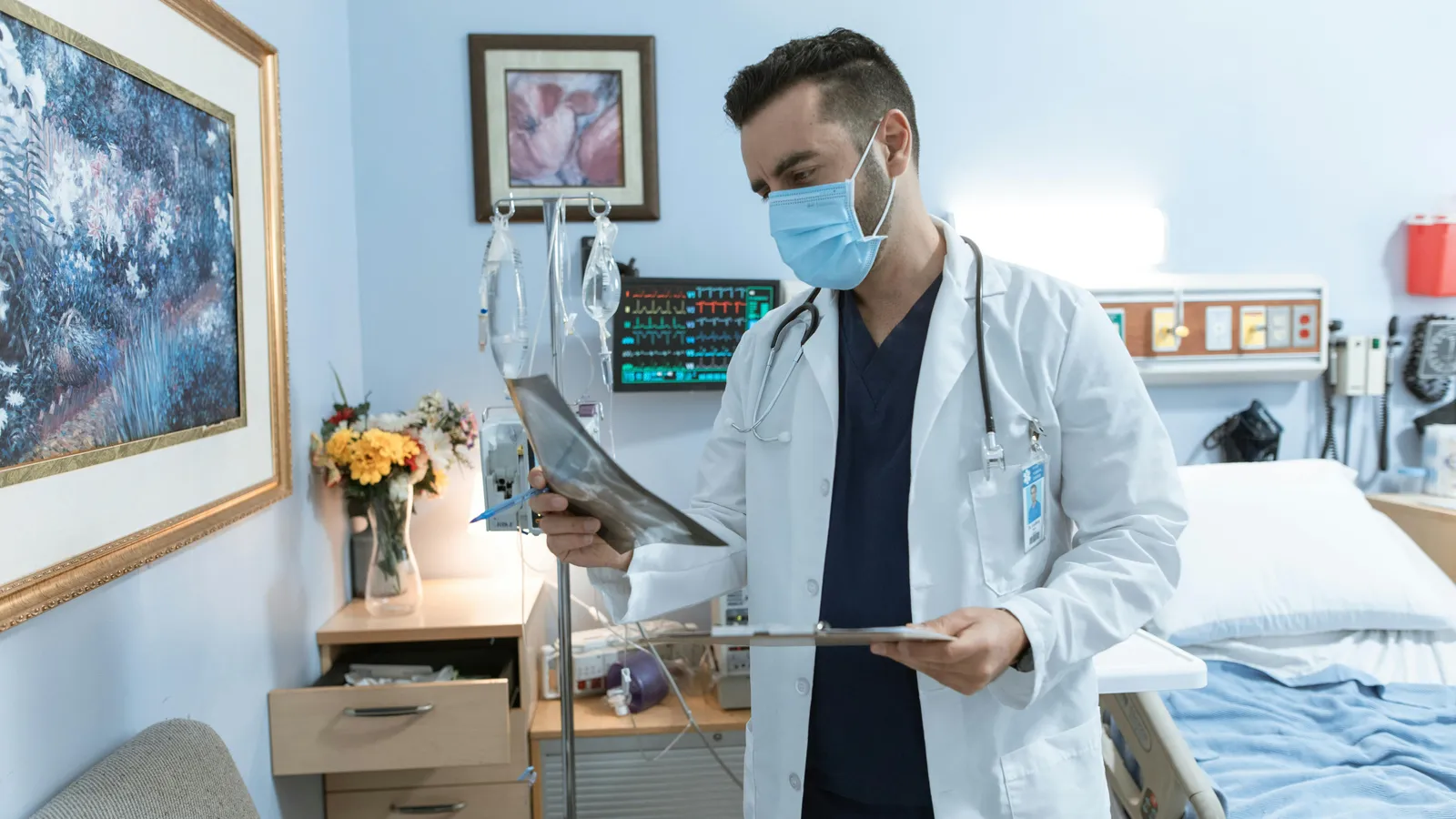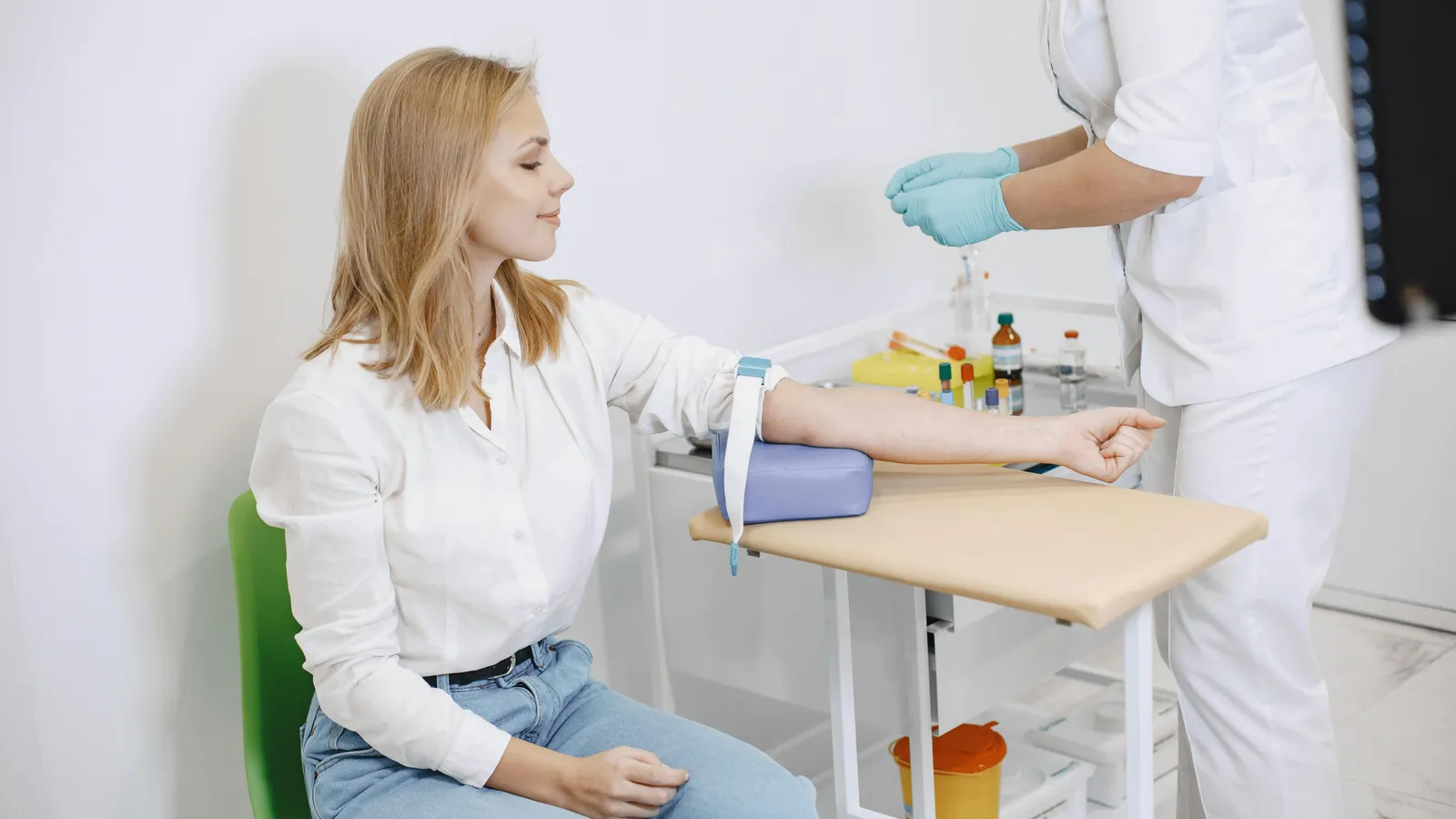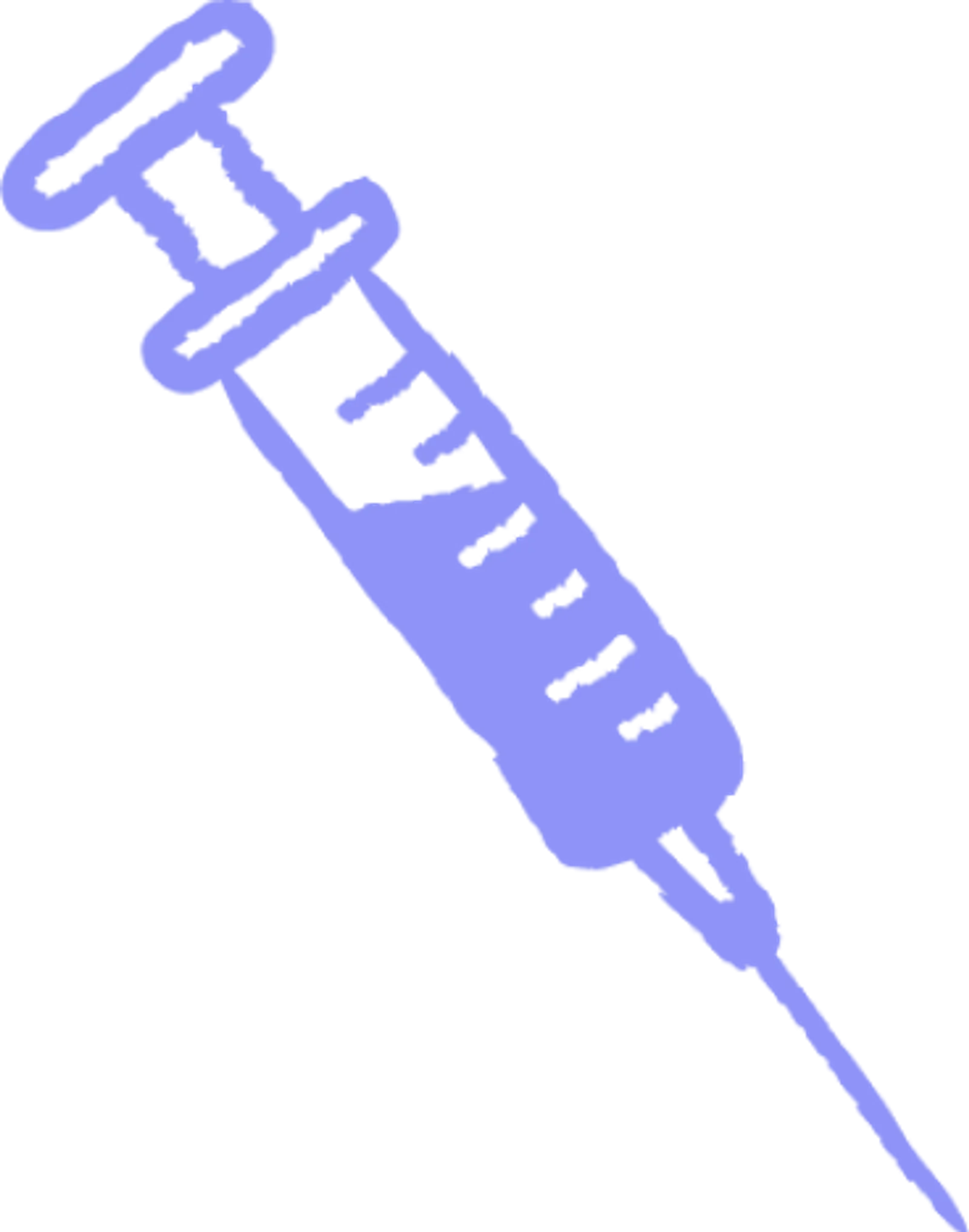Plasma 101
Who: Eligible donors between 18 and 64 can earn up to $560 a month in NY and up to $770 a month in FL.
What: Plasma is the yellow part of your blood that replenishes naturally.
Where: Queens, Brooklyn, The Bronx (NY), and Ft. Pierce (FL).
Why: Get paid to donate and help treat bleeding disorders, immune deficiencies, and more.
When: No appointment needed—walk in anytime before closing.
Are There Risks to Donating Plasma? A Closer Look

Plasma donation has become increasingly popular, offering life-saving resources for the medical industry and a means for donors to earn extra income. While the plasma donation process is generally safe, it's important to acknowledge that there are some potential risks involved. This article will explore these risks, how donation centers work to minimize them, and address common misconceptions that often arise. Understanding both the benefits and risks of plasma donation will help potential donors make informed decisions about participating in this vital act of giving life.
Understanding Potential Risks
While plasma donation is a generally safe process, it's important to be aware of the potential side effects involved:
Common Side Effects:
Side Effect: | Cause: |
Dizziness: | Caused by an electrolyte imbalance due to fluid loss. |
Dehydration: | Plasma is 92% water, making regular water intake essential to avoid dehydration. |
Fatigue: | Temporary tiredness can occur as your body works to replenish nutrients. |
Bruising: | Minor blood leakage into surrounding tissues can cause bruising during needle insertion. |
Rare but Serious Risks:
Infection: There is a small risk of infection associated with needle insertion. Watch for signs such as redness, swelling, or pus at the needle site.
Arterial Puncture: An accidental puncture of an artery instead of a vein can cause heavy bleeding. This is typically managed by applying pressure to the area.
Citrate Reaction: The anticoagulant used during donation may induce calcium depletion, leading to symptoms like numbness, chills, and muscle twitches.
Nerve Injury: In rare cases, the needle may irritate or injure a nerve during insertion, causing sharp pain or tingling.
Long-term Effects:
Scarring: Repeated donations could lead to scarring, though this is uncommon.
Immunoglobulin Depletion: Over time, there may be a reduction in antibodies, which could affect the immune system.
Anemia: Though rare, anemia can occur due to the loss of red blood cells during the donation process.
Understanding these potential risks allows donors to take the necessary precautions and monitor their health effectively. Plasma donation can actually boost your health by encouraging regular health check-ups and promoting a more conscious approach to overall wellness.

How Donation Centers Minimize Risks
Plasma donation centers prioritize donor safety by implementing several measures designed to minimize risks throughout the donation process.
Pre-donation Screening:
If its your first time donating, it’s worth knowing what to expect. Before donating, donors undergo a comprehensive health screening to ensure they are fit for the procedure. This includes a detailed health questionnaire and a physical exam to assess overall health to see if you’re eligible. Blood tests are conducted to check for safe hemoglobin levels and to confirm the absence of infections. Additionally, a thorough review of the donor’s medical history helps identify any contraindications that might make donation unsafe. This rigorous pre-screening process helps prevent complications and ensures that only healthy individuals proceed with plasma donation.
In-Donation Safety Protocols:
Sterile Equipment: Donation centers use single-use needles and gloves to maintain a sterile environment and prevent infections.
Trained Personnel: Only certified phlebotomists are permitted to perform the procedure, ensuring that the process is conducted by skilled professionals.
Real-time Monitoring: Donors’ vital signs and symptoms are continuously monitored throughout the donation process to detect any adverse reactions early.
Emergency Preparedness: Centers are equipped with protocols to respond immediately to any serious reactions, such as a citrate reaction or an arterial puncture.
Post-donation Care:
After donation, donors receive guidance on hydration and nutrition to help restore their electrolyte balance. They are also observed for a short period to ensure stability before leaving the center. Donors are provided with instructions for home care, such as monitoring for signs of infection and managing any bruising that may occur.
Safety Measure | Addresses Risk of |
Pre-donation Screening | Infection, Anemia |
Sterile Equipment | Infection |
Trained Personnel | Arterial Puncture, Nerve Injury |
Real-time Monitoring | Citrate Reaction, Fatigue |
Post-donation Care | Dehydration, Dizziness |
These safety measures are essential in maintaining the well-being of donors and ensuring a safe donation experience.

Common Misconceptions About Risks
Despite the overall safety of plasma donation, several misconceptions persist that may deter potential donors. Donating plasma makes a difference in saving lives, so lets debunk some of these myths.
💭Myth: Plasma donation is dangerous.
👉Reality: The risks associated with plasma donation are rare and typically manageable. Donation centers have strict protocols in place to handle any adverse reactions, ensuring donor safety throughout the process.
💭Myth: Donating plasma regularly causes serious health problems.
👉Reality: Regular plasma donation is safe for healthy individuals, thanks to ongoing monitoring and health screenings before each donation. These checks ensure that donors remain fit to donate without compromising their health.
💭Myth: Infection rates are high during plasma donation.
👉Reality: The risk of infection during plasma donation is minimal due to rigorous sterilization and hygiene practices. Centers use single-use needles and follow strict procedures to maintain a sterile environment, significantly reducing the risk of infection.
Plasma donation is a safe process with minimal risks, thanks to the stringent safety measures in place at donation centers. Being informed about the potential risks and understanding how they are managed can help donors feel more confident about the process. It's crucial to follow the guidelines provided by the donation center and stay aware of any post-donation symptoms. If you have any concerns or questions about donating plasma, it's always a good idea to consult with a healthcare professional to ensure it's the right choice for you. Becoming a plasma donor has never been easier.
Consider donating plasma at Olgam Life at your nearest donation center and contribute to saving lives today. Feel free to contact us for more information on how you can safely contribute.
















